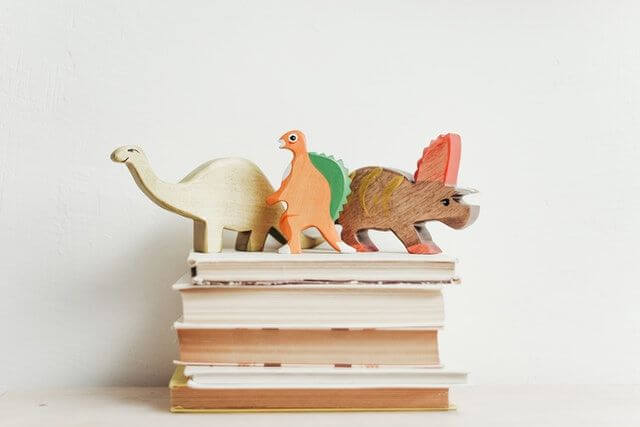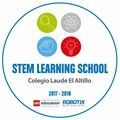Stories to work on self-esteem in early childhood education
Stories to work on self-esteem in early childhood education
Stories are a traditional educational medium, which allow us to improve children’s empathy, reinforce their reading comprehension, encourage their memory and accentuate their self-esteem.
Stories to work on self-esteem in infant education insist on values which, when put into practice, will allow a child to reinforce his or her personal confidence through the example of fictional characters.
At El Altillo International School we develop a comprehensive teaching programme based on language learning, which is why stories and reading in general are of key importance in our teaching plans.
The importance of motivation for an infant and primary school pupil
Current teaching programmes put the emotional management of the pupil at the centre of education. Traditionally, lectures were based exclusively on the memorisation of a defined syllabus, without the active participation of the pupil being necessary. Nowadays, it is not only essential for the learner to make decisions and participate actively in the classroom, but emotional values, especially personal confidence and self-esteem, are also emphasised.
The emotional level is vital during learning. Self-esteem enhances creativity, helps to develop interpersonal relationships and boosts the motivation needed to cope with the educational stage.
On the contrary, a student without sufficient confidence will perceive his or her own learning as a challenge that is difficult to overcome, affecting his or her results and emotions. Fear of making mistakes, reluctance to face academic challenges or the inability to relate to other people are symptoms that may be related to a lack of confidence.
The use of children’s stories to reinforce self-esteem
Stories are based on behavioural archetypes, which allow children to identify with the characters. In the same way that a character in a novel evolves throughout the plot, the archetypal characters in a story will also start from a certain situation that will be overcome. The advantage is that the child will recognise himself in the character, and will perceive an example that he can imitate.
In general, stories are a very effective means of transmitting values and identifying emotions. Self-confidence can also be emphasised through the use of characters who, in principle, are faced with situations that they do not initially see themselves capable of overcoming, but the story itself teaches them to improve their confidence and improve their skills.
The stories also allow us to improve the level of English through stories that are adapted to different ages. At El Altillo International School we base our educational programmes on language learning, so stories based on values are also an opportunity to reinforce language learning.
Stories to work on self-esteem in early childhood education, stories for children
The following stories are summaries of stories based on self-confidence. At home, you can complete the story, draw it and talk about the conclusions you have drawn from each story.
Butterfly Ears
This is the story of a little girl who had very curious ears, they seemed to have detached from her head and attracted a lot of attention from her classmates. At school they began to make fun of her, and the girl, for whom the shape or size of her ears had never been a problem, began to feel ashamed of them.
-Mum,- she said- why do I have these ears?, the children laugh at me, they’re like two cabbages.
-They are not cabbages,- said his mother- they are butterfly wings, in fact your ears are two wings that make you special and allow you to be free like the butterflies we see in spring.
The brave dog
Once upon a time there was a dog who wanted to help people in need. To achieve this, he started attending classes where he was taught to rescue people, guide them or detect dangers, but while others were making progress, this dog kept messing up.
-You’ll never become a guide dog like that,- he was told.
-I’ll try hard, I’ll make it.
But he gave up and gave in.
One day, walking through a park, he saw a boy surrounded by other dogs that were going to attack him. Our protagonist didn’t think twice and jumped over them, rescuing the boy and scaring the other dogs away.
The spider that couldn’t weave
Once upon a time there was a spider who didn’t know how to weave. All her family and friends made beautiful spider webs, in which they would sway at night, but the poor little spider was not able to weave her own webs.
One day, talking to her friend, the fly, she told her that she was very worried.
-All my family spins, and I can’t even make a small web to sleep on.
-Don’t worry,- said the fly- I don’t know how to make cobwebs, and I’m happy as long as I fly.
The fly taught the spider to fly, and the spider learned that you can be different and find your own way.
The dancing giraffe
Every year a talent show was held in the jungle, but the giraffe was never invited, because everyone knew he had no special skills. One year, the giraffe began to dance, just as he had seen the cranes do. At first it was difficult, but by the end of spring he had mastered all the steps.
-And now, get ready, the next contestant is the giraffe and he has prepared a dance number.
Everyone laughed, but when the giraffe came on stage, he began to dance with great skill. The rest of the animals, surprised, applauded her and when she finished, she was awarded the grand prize of the talent show.
El Altillo International School, a benchmark school in Jerez de la Frontera
At our school we want to inspire our pupils to develop their potential, which is why we work with bilingual educational programmes that focus on the emotional level of the pupil, helping them to improve their self-esteem throughout all stages of their education.













